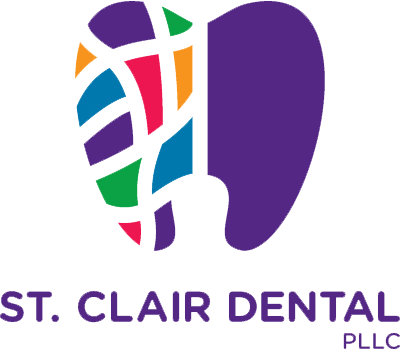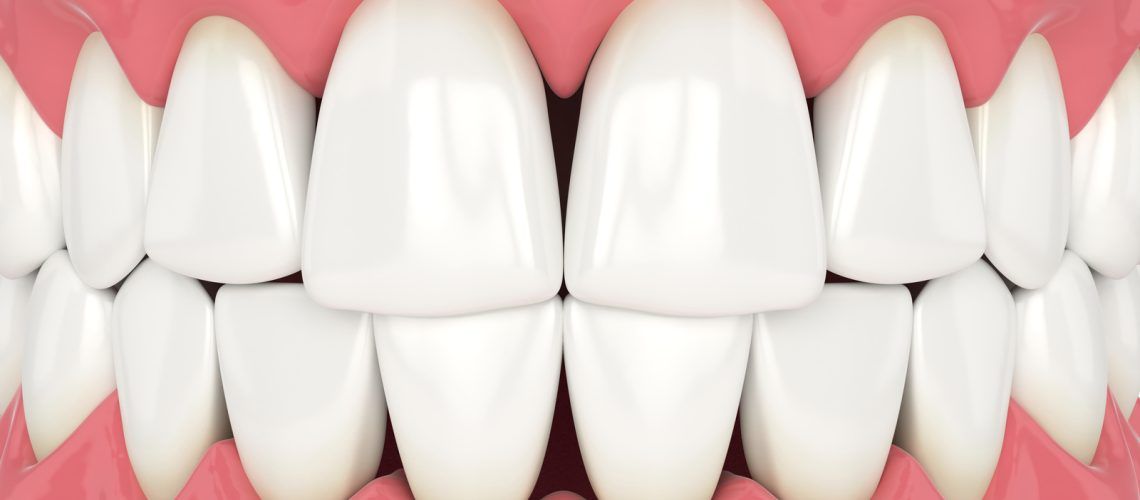Our gums play an important role in preserving the health of our teeth. More than just serving as a source of nourishment, they also protect our teeth against damage. A healthy set of gums also contributes to the aesthetic appeal of our smiles. When our gums are less than healthy or receding, dark triangles are not uncommon to form. These triangles are located where our teeth join closest to the gum. When the gums recede, a gap may form near the base of the tooth, detracting from the beauty of your smile. We’re going to talk about what causes these gaps and what options are available for addressing them.
Understanding The Facts Around Dark Dental Triangles
Black triangles are one of those oral health concerns that don’t get talked about a lot. Some individuals are under the impression that these are natural parts of some individual smiles. Others are simply unaware that they can do something to treat them. Contributing to these misperceptions is the fact that 60% of Americans over the age of 20 have them to some degree. They’re often indicating some underlying oral health concerns, such as poor oral hygiene. However, they can also be the result of something as innocuous as genetic heritage. The most common reasons an individual will develop black dental triangles include:
- Aging – While 60% of people past the age of 20 develop these, it appears with increasing frequency in older patients. As we age, our gums can naturally recede, and tooth enamel can begin to weaken due to insufficient Vitamin D.
- Gum Disease – In those younger than 65, these dental triangles are frequently due to untreated gingivitis or periodontitis. Gum disease frequently recedes the gum line and undermines the durability of the enamel.
- Divergence Of Dental Roots – In some patients, the appearance of dental triangles is the result of their roots diverging and decaying over time.
- Complications With Dental Restoration – When dental restoration goes awry, it can cause the appearance of dental triangles. These complications can result in issues with the tooth’s health, including cosmetic inconsistencies and issues with the oral structure.
The vast majority of all cases of dental triangles are the result of poor oral hygiene. When they are brought to a dentist, it’s often due to complaints of cosmetic concerns. The appropriate treatment involves addressing oral hygiene practices and overall oral health. This is why you should consult a dentist if you start seeing the appearance of dental triangles.
Dental Options For Treating Black Triangles
The most common approach for treating black triangles starts with a thorough dental cleaning. However, additional steps are often required. The most common approaches include tooth reshaping through bonding and contouring or gingival veneers. Orthodontic care can also effectively reduce the appearance of these black dental triangles. Your dentist can use surgical treatments in serious cases where gum grafts or other approaches are required. If you see dental triangles when you smile in the mirror, reach out to your dentist. They can provide treatment plan options to get your smile looking fantastic again.

